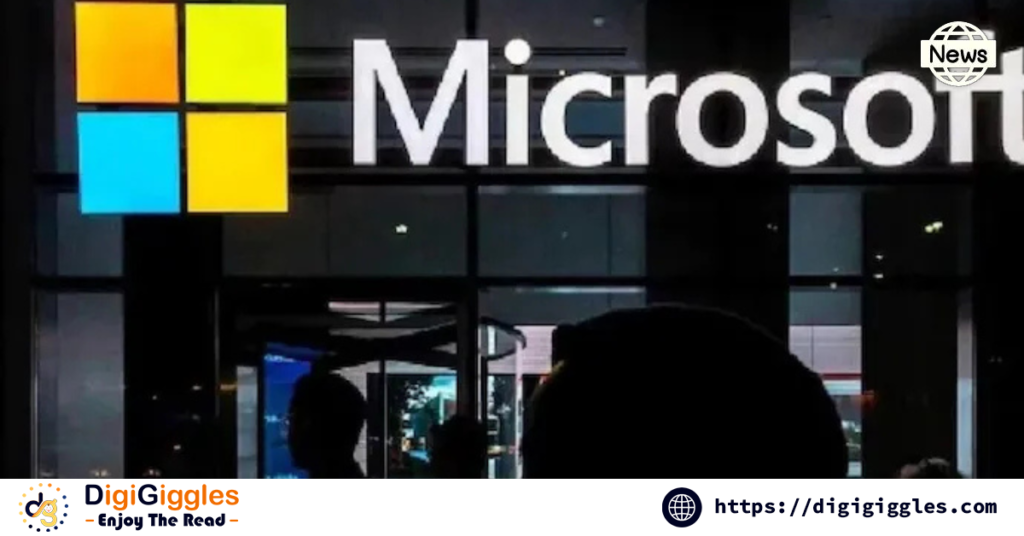
In a significant shift for Microsoft users, the tech giant recently announced it will discontinue support for its classic Mail and Calendar apps by the end of 2024. This move comes as part of Microsoft’s ongoing efforts to streamline its application offerings and enhance user experience, focusing on the new, more advanced Outlook app as the future go-to for email and scheduling needs. The upcoming change reflects Microsoft’s broader strategy of consolidating functionalities under the Outlook brand, providing users with a single, unified platform.
New Outlook: Enhanced Features and Improved Interface
Microsoft has been actively promoting the new Outlook app, which integrates the features of the classic Mail and Calendar apps into a single platform, making it more user-friendly and efficient. This updated Outlook app offers a modern, responsive interface designed to improve productivity, collaboration, and ease of use for both individual users and businesses. Unlike the traditional apps, the new Outlook has added functionalities, including enhanced organizational tools, improved scheduling options, and a more intuitive design. Microsoft assures users that the new Outlook will support existing features while introducing new ones, particularly through integration with Teams and other Microsoft 365 tools. With the updated app, users can expect a seamless experience that enables them to manage their tasks, emails, and schedules more efficiently in a unified environment.
Transition Timeline and User Implications
The transition will officially be complete by the end of 2024, marking the end of a long era for Microsoft’s standalone Mail and Calendar apps. For current users, Microsoft has already initiated the process by encouraging them to start using the new Outlook. Users who have yet to make the switch will have ample time to transition before support for the old apps ends. Microsoft has been clear that this change is aimed at making email and calendar management smoother and more integrated within its ecosystem. They are urging users to migrate their data to the new platform as early as possible to avoid disruptions when the classic apps are finally discontinued. Current app users will receive notifications with instructions and resources for an easier migration.
Why Microsoft is Making This Change
Microsoft’s decision to retire these classic apps highlights its commitment to staying competitive in a rapidly evolving digital landscape. With email and calendar management being core parts of daily workflows, the new Outlook app is designed to better meet the demands of modern users who rely on integrated, multi-functional platforms. By streamlining these tools into a single app, Microsoft aims to improve functionality, reduce redundancy, and cater to a more mobile-centric and collaborative work culture.
A Move Toward a Unified Future
As the end date for the classic apps approaches, Microsoft’s emphasis on a more unified approach is evident. Users can anticipate a more cohesive experience where communication and scheduling are seamlessly intertwined. While long-time users may find the transition bittersweet, the promise of enhanced features and improved efficiency makes the new Outlook app an attractive upgrade.
In short, Microsoft is gearing up for a significant change that affects millions of users. The end of classic Mail and Calendar apps marks the beginning of a unified Outlook era, expected to transform how users manage email and schedules across devices. With this shift, Microsoft reaffirms its commitment to a more integrated, efficient future in digital communication.